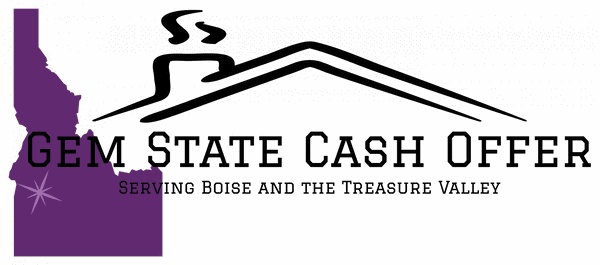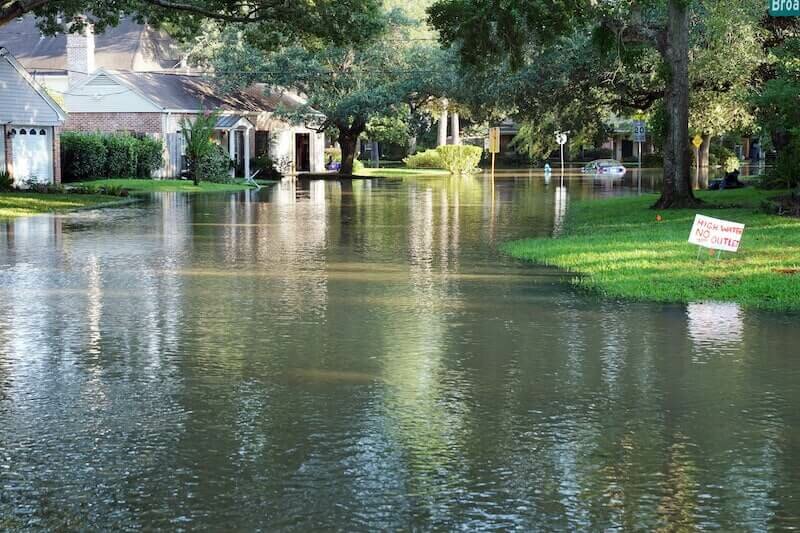Does your home sit in a floodplain or amid a flood zone? Are you looking to sell your property despite the difficulty of selling a home in a high-risk flood zone? If so, you’ll benefit from learning the top ways to sell a house in a floodplain in this guide.
First, it’s vital to understand the definitions of a flood zone designation and different flood zone variances and tiers. You’ll also need to emphasize the benefits of the National Flood Insurance Program and the importance of flood zone laws.
Using this guide, you will learn about base flood elevation renovations and how renovating your house can help ensure a real estate transaction with potential buyers. Lastly, you’ll need to price your home at a competitive rate. Ready? Read on to find out the best ways to sell a house in a floodplain.

Understanding Flood Zone Variances and Tiers
You’ll need to understand flood zones and each Special Flood Hazard Area on the Flood Insurance Rate Map from the Federal Emergency Management Agency (FEMA) if you have a house in a flood zone.
There are numerous flood zones to consider, such as:
- Zone AR/A
- Zone V
- Zone VE
- Zones V1-V30
- Zone AR/AO, Zone AR/A1-A30, and Zone AE
- Zone A99, Zone AR, and Zone AR/AE
- Zone A, Zone AO, Zone AH, and Zones A1-A30
A flood zone variance is the grant of relief that a community provides due to a floodplain management regulation. These variances impact the flood insurance premium rates on one’s flood insurance policy.
An insurance company will need to assess the water damage since your home is in a high-risk flood zone. Homebuyers will also need to learn about the National Flood Insurance Program (NFIP) and the cost of flood insurance when choosing a home in a flood zone.
What Is The National Flood Insurance Program (NFIP)
FEMA manages the National Flood Insurance Program or NFIP. This program provides future home buyers with flood insurance when houses are in high-risk areas. Homes at risk of flooding do eventually experience some flood damage, and the National Flood Insurance Program will cover the costs of multiple renovations.
The program designates each floodplain with the residences located there. FEMA continually updates the map of flood zones through NFIP. Homes located in flood zones B, C, and X tend to have low to moderate risks of flooding.
You can visit the floodsmart.gov website to learn all about the National Flood Insurance Program. Here, you’ll find out how to reduce the monthly flood insurance premium and the overall cost of flood insurance through the program. This site also provides flood maps to show you exactly what flood zone your property is located in.
You can also learn all the steps homeowners need to take before and after flooding.
Flood Zone Laws
Many laws govern the flood zones and the National Flood Insurance Program, such as the National Flood Insurance Act of 1968, the Flood Insurance Protection Act of 1973, the National Flood Insurance Reform Act of 1994, and the Flood Insurance Reform Act of 2004.
To begin with, the National Flood Insurance Act of 1968 began the National Flood Insurance Program to protect citizens with houses located in floodplains who suffer from water damage.
Then, the Flood Insurance Protection Act of 1973 required that every mortgage lender and bank ensure flood insurance is provided for properties found in high-risk areas (those at risk of flooding).
The National Flood Insurance Reform Act of 1994 made the NFIP stronger with reforms concentrating on lender compliance, producing mitigation insurance, and providing ways to reduce the costs and harshness of flooding.
Lastly, the Flood Insurance Reform Act of 2004 aimed to create more awareness and understanding among homeowners as well as provide more guidance for policyholders.
Flood Zone Insurance Policies
Prospective homebuyers looking to purchase your home should learn more about flood zone insurance policies. When selling a house in a floodplain, explain the multiple types of flood insurance policies to your potential buyers, such as catastrophe insurance.
This type of flood insurance covers major destruction from floodwaters. It goes beyond standard interior water damage or even the typical flooding from rainstorms contained in a typical homeowners insurance policy.
A flood insurance policy works by paying an annual premium with a deductible. These costs are based on the amount of risk a home is at in terms of flooding. If the home does get damaged from flooding, the insurance company will provide the money needed to make any repairs based on the policy limit and the amount of damage the home experiences.
Potential buyers should also understand what flood zone they’re located in and whether the National Flood Insurance Program can help provide a policy to meet their needs when residing in flood-prone areas.
Make Elevation Renovations To Improve Your House
You will want to include an elevation certificate when selling a house in a floodplain. The elevation certificate provides all the needed information to show that a home is compliant with floodplain management ordinances.
Here, you’ll gain information about where a building is located and the lowest floor elevation in comparison to base flood elevation. Making elevation renovations is also a great idea if you want to sell your home faster and potentially sell at a higher price.
Remodeling by keeping the home flood-proof should help in the sale. The elevation is a key way to keep a house safe from flooding. Building a home on stilts or a raised platform are some ways to elevate it above the typical height of floodwaters.
You could also create a waterproof wall to prevent water damage. Adding sealants to doors and windows can also help prevent a home from flooding damage. If your house is at a higher risk of flooding, prospective buyers are more likely to consider buying your property if you’ve completed elevation renovations.
Also, if you want to increase your home’s value, then remodeling and making the place flood-proof is essential.

Make Sure Your House Price Is Competitive
Sellers should set a lower listing price since home values among those in a designated flood zone tend to drop when compared to flood-proof houses. With the help of a real estate agent, you should price your home accurately based on which flood zone the property is located in.
However, if you’re having trouble selling a house in a floodplain, you can consider selling to cash buyers. The home selling process is usually easier when you choose cash buying companies, as they can buy a property in its as-is condition and will complete the transaction much faster when a lender is unnecessary.
Is your flood-prone home located in Idaho? Then, you’re in luck! We buy houses in Idaho-located and can quickly finish up the transaction.
Conclusion
When selling a house in a floodplain, you should disclose all relevant information to prospective buyers. You may want to renovate your home to make it more flood-proof. Positioning waterproof walls and adding sealants should help. Make sure that all homebuyers have all the information they need about flood insurance policies.
It is also imperative to price a flood-prone house accurately to entice potential homebuyers. However, if there aren’t any offers coming your way, then consider selling to cash home buyers Meridian. Companies that buy houses Boise-situated can provide you with a fair cash offer.
Soon, you’ll sell your property and go forward with your next real estate investment.

